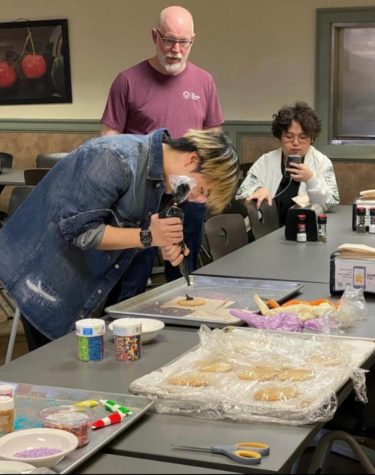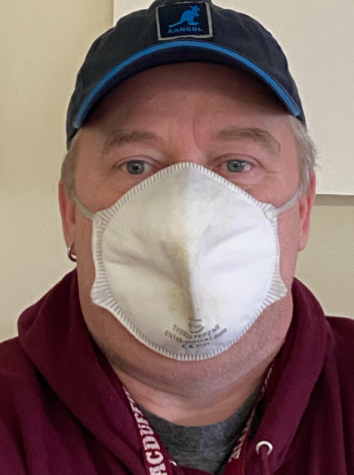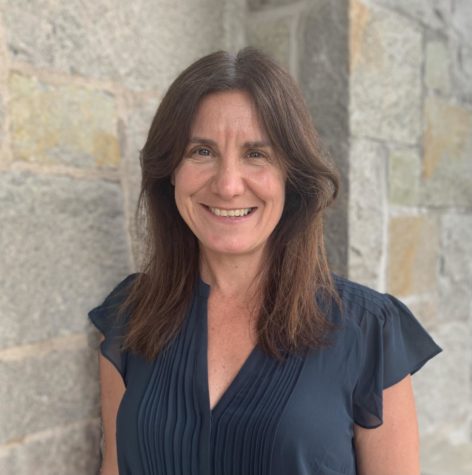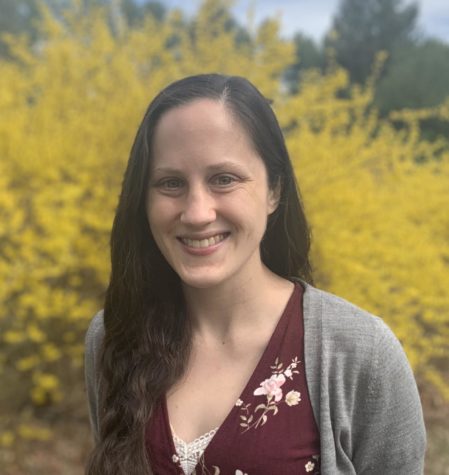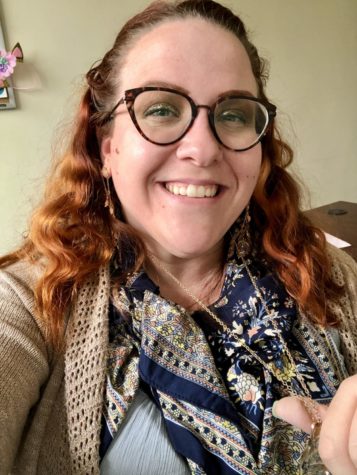MAP: MacDuffie’s new standardized test

Students in Computer Lab participate in MAP testing. Photo by Cassidy Polga.
September 30, 2016
The middle school and ninth grade have been skipping class.
Well, not skipping, exactly. During the second week of this year, the four lower grades participated in MAP testing, overtaking half the computer lab each day. The MAP, or Measure of Academic Progress test, is an adaptable standardized test created by the NWEA, a “global not-for-profit educational services organization known for [their] flagship interim assessment.”
Academic Dean David Ruiz says that the directive to introduce standardized testing came from MMI Holdings International, who wanted “a vehicle to deal with student progress.” Ruiz and Middle School Head Darcy Albanese researched a variety of possible exams, and settled on the MAP, which is used by districts such as the Chicago public school system, because it adapts as a student is taking it. The test has three sections: reading comprehension, language arts, and verbal math.
Ruiz stresses that the MAP will “not be the only barometer” of student progress. Results, he says, will be useful for advertising purposes, similar to those of the SAT or AP exams. The test will be administered two more times this academic year, and scores come in approximately a week after the tests are submitted.
It remains to be seen how, or if, teachers will incorporate results into their lesson plans, but the hope is that for subjects such as Math, where multiple teachers often teach the same class, they will act as a baseline of comparison.
For those Upper School students who may be a bit envious of the time off from classes that the MAP allows, Ruiz is quick to say that students were only taken out of class three times, for hour-long periods. The three highest grades were not tested because the administration felt it would be unfair to add to the glut of standardized tests that college applications already demand.
